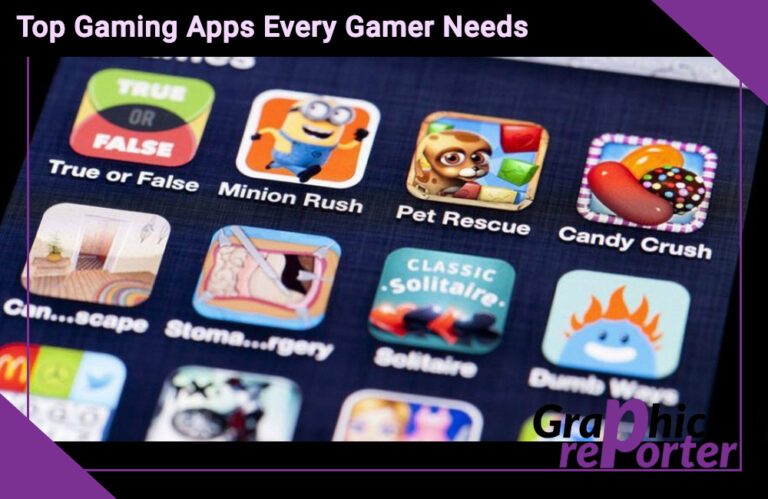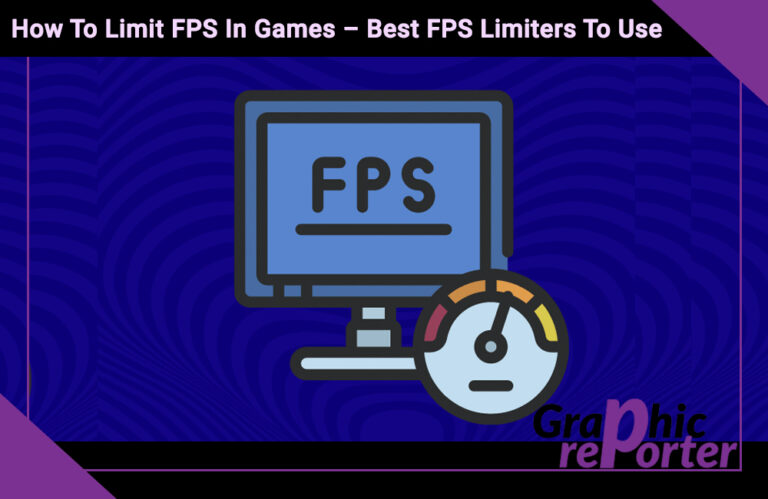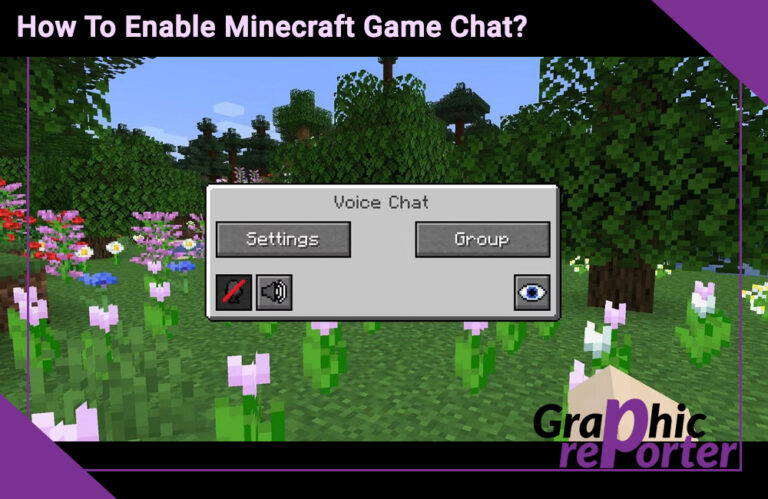A Guide To How Gaming Apps Work

Thousands of new games keep popping up yearly to cater to the rising gaming population. On Steam alone, that number plummeted from a measly 54 in 2004 to over 10,000 in 2021. From adventure titles to sports simulations, gaming apps offer an engaging experience that individuals of all ages can relish.
With so many gaming applications available, understanding how they function can be as challenging as making the top college basketball picks. That’s why we want to share with you this tutorial which introduces the basics of gaming apps and how they work to help make sense of it all.
Table Of Contents
What Technologies Do Gaming Apps Use?
The tool and technology decisions required for game development depend on the developer’s platform choice.
For instance, whereas you’ll use Java to program Android games, you need Swift to make iOS apps. When it comes to development studios, Android uses Android Studio, while iOS employs Mac and Xcode.
The most popular game engines include Unreal Engine, Unity, and Cocos. Engine selection decisions depend on the coding language and game asset. The more popular your gaming engine, the more likely you can publish your gaming app in various versions.
All games use 2D graphics, whether they are 2D or 3D, as these graphics help with HUD, popups, menus, and so forth. The 2D graphics can either be raster-based, like those produced by GIMP and Photoshop, or vector graphics, like those on Inkscape and Adobe Illustrator.
For RPGs and other 3D games, you’ll need 3D modeling software like Maya, Blender 3D, and 3DS Max.
Gaming apps also use digital audio workstation software for sound development and recording. Examples of such software are Adobe Audition, Reaper, Cubase, Pro Tools, Ableton Live, and FL Studio.
How Do You Make A Gaming App?
A team of people with specialized abilities in the gaming business is necessary in developing an excellent game. Game designers, coders, graphic designers, animators, sound effects pros, and testers are crucial. Have a committed leader who can effectively interact with everyone on the team.
After putting together the team, the following stage involves generating the game assets. These include characters, settings, stages, and other game aspects. The team should collaborate to build a pleasant, engaging, and cohesive game.
Once the game assets are ready, the developers can create the game using computer languages like HTML5 and C++. In this stage, the team develops the game mechanics and functions, including how the game progresses, controls, and rules.
The final stage is to put the game through its paces. You’ll have the team members play the game and provide comments. This feedback helps discover and correct any game issues or glitches.
The game also needs testing across different platforms to ensure compatibility with various devices. Once the game is ready, you can distribute it to the public.
How Do Gaming Apps Make Money?
In-app purchases are one of the most prevalent monetization techniques for gaming apps. These transactions occur within the game and offer access to virtual products like extra lives, special weapons, and enhancements.
Candy Crush Saga, for instance, gives extra lives and special bonuses in return for actual money. In-app purchases allow game producers to commercialize their games without making them prohibitively expensive or impossible to play.
A more traditional method of monetizing games is through one-time purchases. Fans pay a one-time charge to access the complete game. This monetization method is typical in console and PC apps, but it also applies to mobile games. For example, Minecraft is a successful franchise with a one-time purchase model.
Premium subscriptions are another common approach to monetizing gaming apps. Players pay a charge to acquire access to advanced game features and bonuses. This subscription model frequently provides additional benefits like exclusive content, first access to new levels, and in-app discounts.
Many top games feature Ads within the game, and creators get compensated for them. This monetization approach is an excellent way for a developer to generate recurring money. However, ads can be bothersome and detract from the player’s enthusiasm for the game.
Winding Up
Marketing is a critical component in launching a successful game app. Begin by developing a website and generating interest using social media, influencers, and advertising. Track user behavior and enhance the experience after launch. You can self-publish or use a publisher to launch the game.
Finally, keep the audience interested by listening to their feedback and delivering updates and new information.






